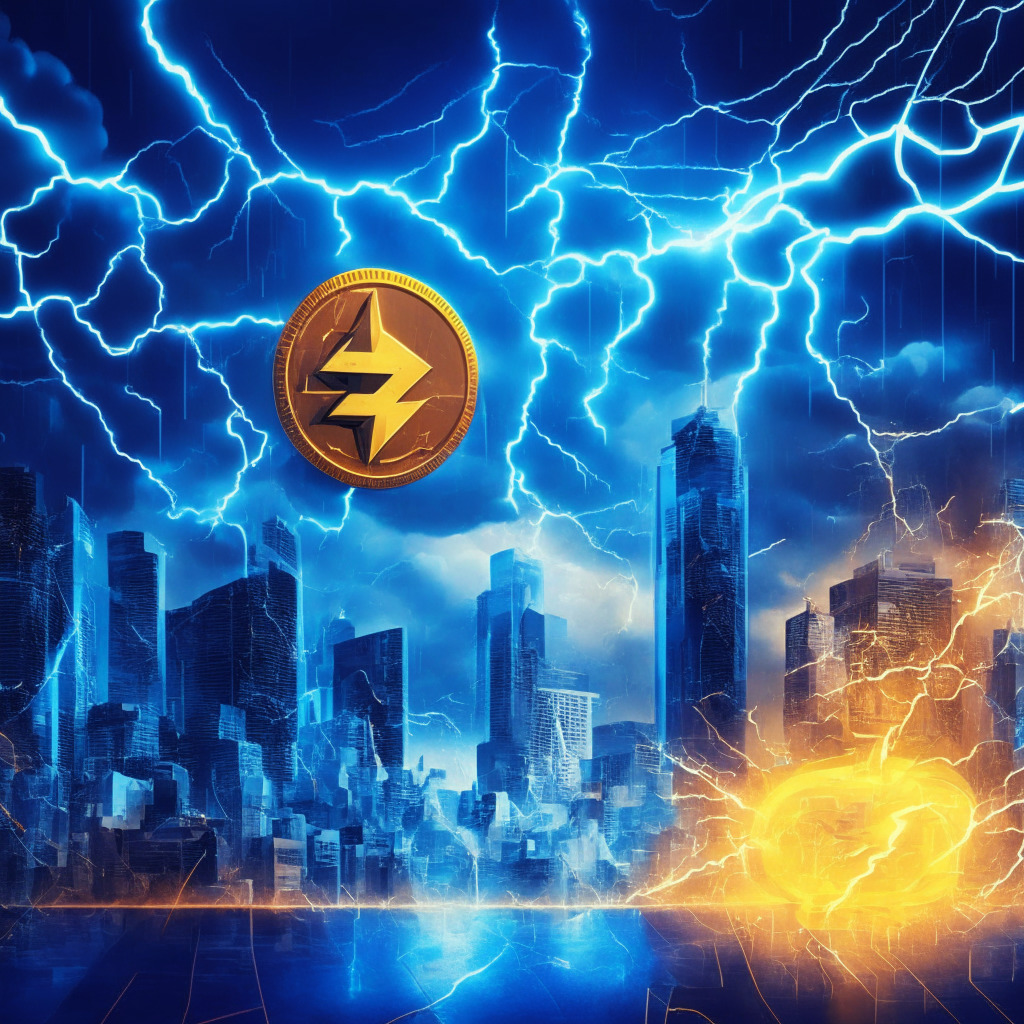The recent announcement of Binance setting up Lightning nodes on the Bitcoin network to offer Lightning-based bitcoin deposit and withdrawal services has generated excitement among crypto enthusiasts. This move aims to address network congestion issues that have plagued bitcoin transactions in the past. As a second layer of the Bitcoin blockchain, the Lightning network promises faster transaction times and reduced congestion by creating off-chain payment channels for users with minimal fees.
Binance’s integration of the Lightning network is not without its challenges, as the exchange’s tweet admits, “there’s still more tech work to be done.” However, once fully integrated, it is expected to improve deposit and withdrawal activity for users, a much-needed upgrade after the temporary pause on bitcoin withdrawals due to network congestion that raised concerns about the exchange’s reserve funds.
The adoption of the Lightning network by other major exchanges could be an indication of the future of the crypto market. Exchanges such as Kraken and Bitfinex already offer Lightning network services to their users, while Coinbase CEO Brian Armstrong hinted at the possibility of the exchange offering the same in an April tweet. This suggests that greater accessibility to Lightning network services could eventually become a standard in the crypto market.
Despite the potential benefits of the Lightning network, skepticism remains regarding its long-term effectiveness and security. With a current value of around $145 million in BTC held for fast payments, one could argue that the network has not reached its full potential, raising doubts over its scalability and its ability to support mass adoption.
Moreover, the Lightning network’s reliance on off-chain transactions has opened up debates on decentralization and the possibility of central points of failure. Critics argue that off-chain transactions could lead to increased centralization, creating a power imbalance between individual participants and large corporate entities. This concern is amplified considering that trust in the inherent decentralization of blockchain technology is a key factor driving the adoption of cryptocurrencies.
In conclusion, Binance’s move to integrate the Bitcoin Lightning network showcases the growing interest in scalable and efficient solutions for cryptocurrency transactions. While the Lightning network has proven to be a cost-effective and fast alternative to traditional on-chain transactions, its long-term success will depend on resolving issues related to scalability, security, and decentralization. As the crypto market continues to evolve, it remains to be seen whether the Lightning network will emerge as the ultimate solution for addressing network congestion and transaction time issues, or whether other innovations will take its place.
Source: Coindesk




